Trial results showed beneficial changes possible in pond water, sediment and gut microbial communities of L. vannamei
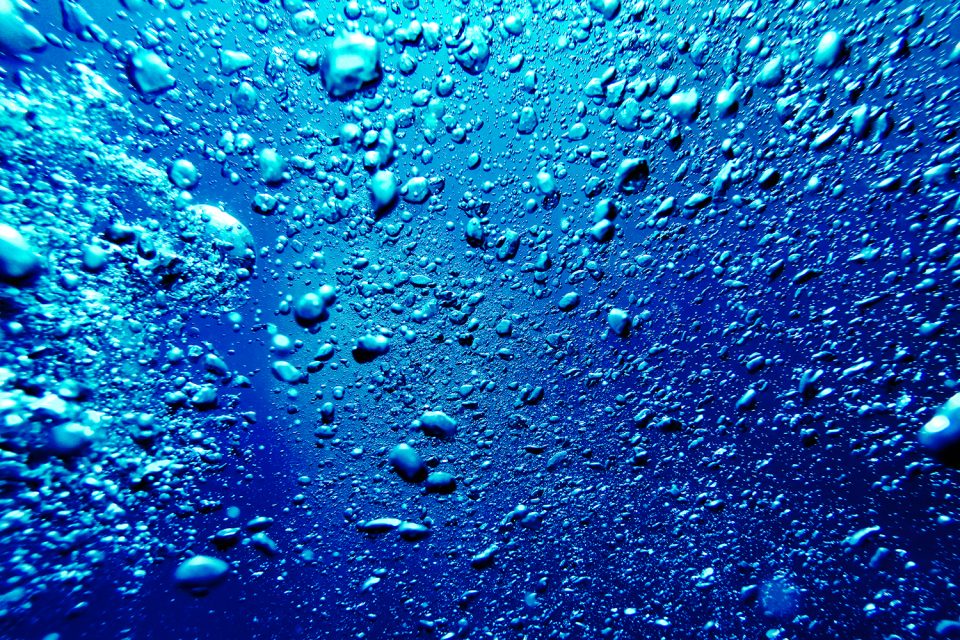
Micro-nanobubble (MNB) technology has attracted much attention in many fields – including surface water restoration, medicine, food science, and agriculture – because of its oxygen-enhancing characteristics. Various studies have shown that MNB technology can improve the composition of microbial communities in water bodies and subsequently restore water bodies; however, relatively few studies have applied nanobubble technology to aquaculture production. And there is scant literature on research on the effects of MNB technology on water and sediment microbiota and environmental factors in shrimp ponds.
The 16S rRNA gene is used as the standard for the classification and identification of microbes because it is present in most microbes and shows changes. High-throughput sequencing, also known as next-generation sequencing (NGS), describes technologies that sequence DNA and RNA in a rapid and cost-effective manner. The technology is highly scalable and allows the entire genome of the organism to be sequenced at once. This information is important for developing ecological strategies to prevent increases in pathogenic bacteria in shrimp aquaculture environments.
This article – adapted and summarized from the original publication (Xu, Y. et al. 2022. Effects of Nano-Aerators on Microbial Communities and Functions in the Water, Sediment, and Shrimp Intestine in Litopenaeus vannamei Aquaculture Ponds. Microorganisms 2022, 10(7), 1302) – reports on a study to investigate the effect of nano-aerators on microbial communities of the water, sediment, and shrimp gut in a Pacific white shrimp (Litopenaeus vannamei) aquaculture pond using 16S rRNA high-throughput sequencing.
Study setup
The experiment was conducted over 14 weeks at Guanghe Fisheries Co. Ltd., Panjin City, Liaoning Province, China. Two adjacent L. vannamei ponds were used as control and experimental pond groups, each with an area of 500 square meters (depth of 0.8 m). The experimental group was fitted with a nanobubble aerator with a power of 1-kW, and the control group was fitted with a common turbo-aerator with a power of 1-kW. Each pond was stocked with 40 shrimp per square meter and fed a local commercial feed (Wellhope Aquatic Feed Co. Ltd., Shenyang, China). Samples of pond soil and water and shrimp gut tissue were collected during the study and subjected to various tests and analyses. For detailed information on the experimental design and animal husbandry, sample collection and analyses, refer to the original publication.
Results and discussion
To the best of our knowledge, this study is the first to describe the effects of nano-aerators on the microbial community structure of water and sediment in an L. vannamei pond. Our research results showed that the application of nano-aerators changes the structures of water and sediment microbial communities compared to those with ordinary aerators.
The results of diversity analysis showed that there were significant differences in the composition of microbial communities in the water body and sediment. Various indices indicated that nano-aerators in the nano-aerator and treatment groups increased the diversity, richness and homogeneity of microbial communities in the water body. The data generated showed that the overall richness and diversity of gut microbiota were not significantly different between the two groups of samples.
However, we found that the species composition distribution of the gut microbiota was very peculiar. In the analysis of the species composition, we observed that the abundance of various dominant genera in the treatment group was significantly higher than that in the control group. Our data showed that the activities of beneficial bacteria in the gut – such as Rhodobacter, Oscillospira and Faecalibacterium – were all increased due to the effect of the nano-aerator.
The effect of nano-aerators on the microbial community of sediments could be time-sensitive. Under short-term aeration conditions, the microbial diversity in the nano-aerator group was higher than that in the control group; however, with an increase in the aeration time, the microbial diversity in the sediments of the control group exceeded that in the treatment group. The activities of the beneficial bacteria genera Exiguobacterium and Acinetobacter and the beneficial single-celled green algae Chlorella sp. in the water body all increased due to the oxygenation mediated by the nano-aerator.
Nano-oxygenators can use many gas media, such as hydrogen, nitrogen and ozone. However, existing studies have shown that nano-oxygenators are usually used in conjunction with ozone to kill pathogenic bacteria in cultured water. Other researchers have demonstrated similar disinfection efficiency with ozone nanobubble treatment against pathogenic bacteria in freshwater for the first time, and that the potential pathogen that causes red-leg disease in L. vannamei in freshwater culture conditions was also effectively reduced when the nano-aerator used air as the gas medium. Therefore, we speculate that the nano-aerator can also kill some pathogenic bacteria in the water body and sediment when using the air medium.
In our trial, the nano-oxygenator effectively inhibited the activity of bacteria like Bacteroidetes, Spirochaetes and other anaerobic bacteria in water, as reported by other researchers who demonstrated that bubbles reduce the biomass through hydrophobicity or water-repelling, thereby inhibiting bacterial growth. This proves that the nano-oxygenator can also inhibit anaerobic bacteria when using air as the gas medium. We believe that this is an important finding for the future practical production and selection of aeration equipment.
Although this study revealed some important findings, there were also some limitations and the results of high-throughput sequencing could also be affected by various factors, such as individual sampling methods and experimental methods. Owing to the small sample size, the aforementioned influencing factors cannot be excluded. However, the results are still helpful to understand the structure of the microbial ecosystems associated with species and provide a theoretical basis for actual production. Therefore, experimenting with nano-aerators in different farming modes will be of great importance for future research.
We believe that our findings improve the understanding of the microbial community structure in water and sediments of aquaculture ponds using nano-aerators. These results could contribute to improved farming environments to enhance the quality and health of crustaceans in aquaculture environments.
Perspectives
Our results demonstrated that there were changes in the pond water, sediment and gut microbial communities of L. vannamei. The data showed that the diversity of the microbial community in the water decreases gradually with an increase in the experimental time, but the biological diversity in the treatment group was always higher than that in the control group because of the effect of oxygen addition via the nano-oxygenator. This could be because the nano-oxygenator has better oxygen-increasing effects, and when the nanobubble bursts it helps degrade some pollutants in the water, purifying it and providing a more suitable environment for various microorganisms in the water.
In addition, the nano-aerator also affected the species composition of the microbial community in the aquaculture pond water, bottom sediment and shrimp gut to a certain extent, and increased the proportion of some probiotic microorganisms. Our study and subsequent studies based on our results indicate that nano-aerators are useful for improving culture conditions for L. vannamei. However, different conditions – such as water temperature and salinity, or stocking density – could affect the results, so we recommend further experiments to focus on those environmental factors.
Now that you've reached the end of the article ...
… please consider supporting GSA’s mission to advance responsible seafood practices through education, advocacy and third-party assurances. The Advocate aims to document the evolution of responsible seafood practices and share the expansive knowledge of our vast network of contributors.
By becoming a Global Seafood Alliance member, you’re ensuring that all of the pre-competitive work we do through member benefits, resources and events can continue. Individual membership costs just $50 a year.
Not a GSA member? Join us.
Author
-
Dr. Yingdong Li
Corresponding author
College of Animal Science and Veterinary Medicine, Shenyang Agricultural University, Dongling Road 120, Shenyang 110866, China[110,99,46,117,100,101,46,117,97,121,115,64,103,110,111,100,103,110,105,121,105,108]
Tagged With
Related Posts
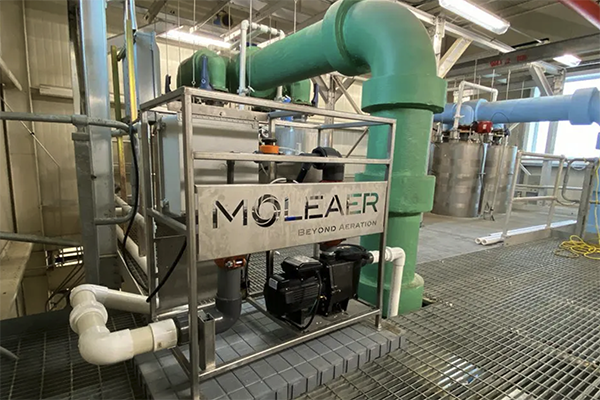
Innovation & Investment
Moleaer: Nanobubble technology a good fit for semi-closed salmon systems
Nanobubble technology company Moleaer’s collaboration with Grieg and CPI Equipment results in lower oxygen use on a semi-closed salmon farm.
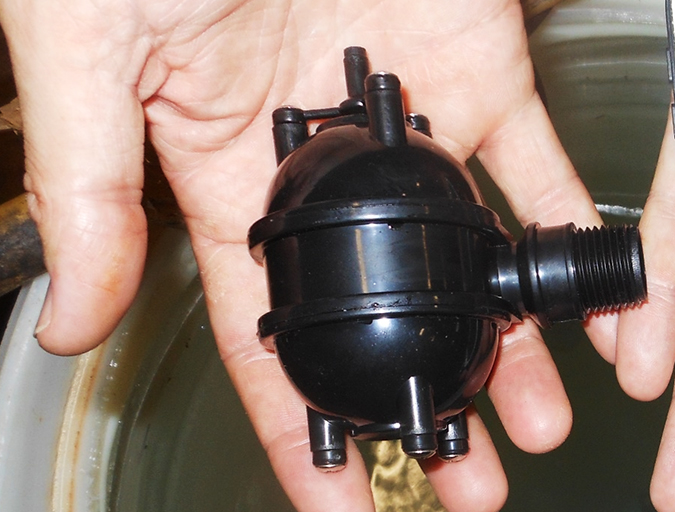
Health & Welfare
Testing micro-nanobubble generating device at different salinities
Bubble size is a critical parameter in diffused bubble, aquaculture aeration systems. This study was conducted to determine the influence of water with different salinities on performance of nanobubble generating technology (NBT).
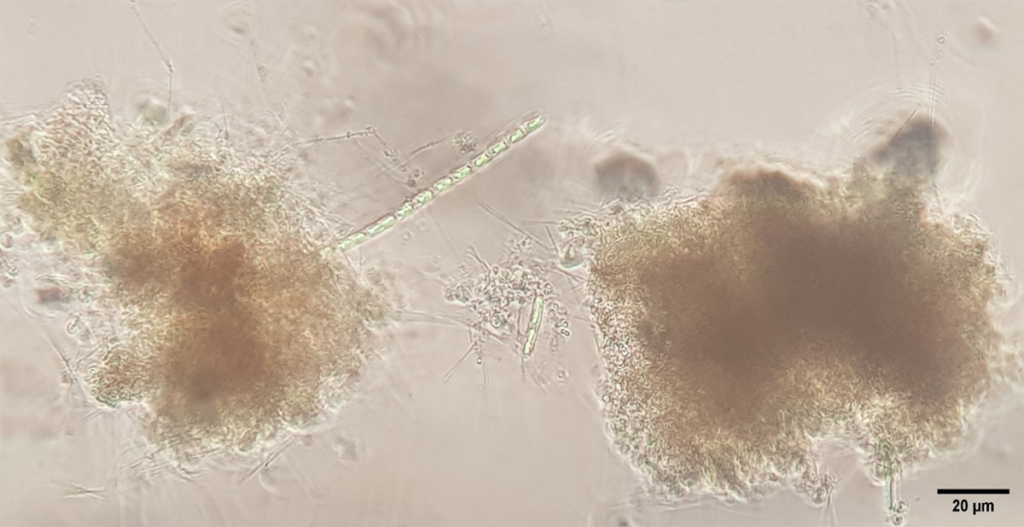
Health & Welfare
Effect of aeration on the development of the microbial community in shrimp biofloc technology systems
Evaluating three aeration systems showed that air-injector nozzles produced greater microorganism diversity, biofloc development, overall shrimp productivity.
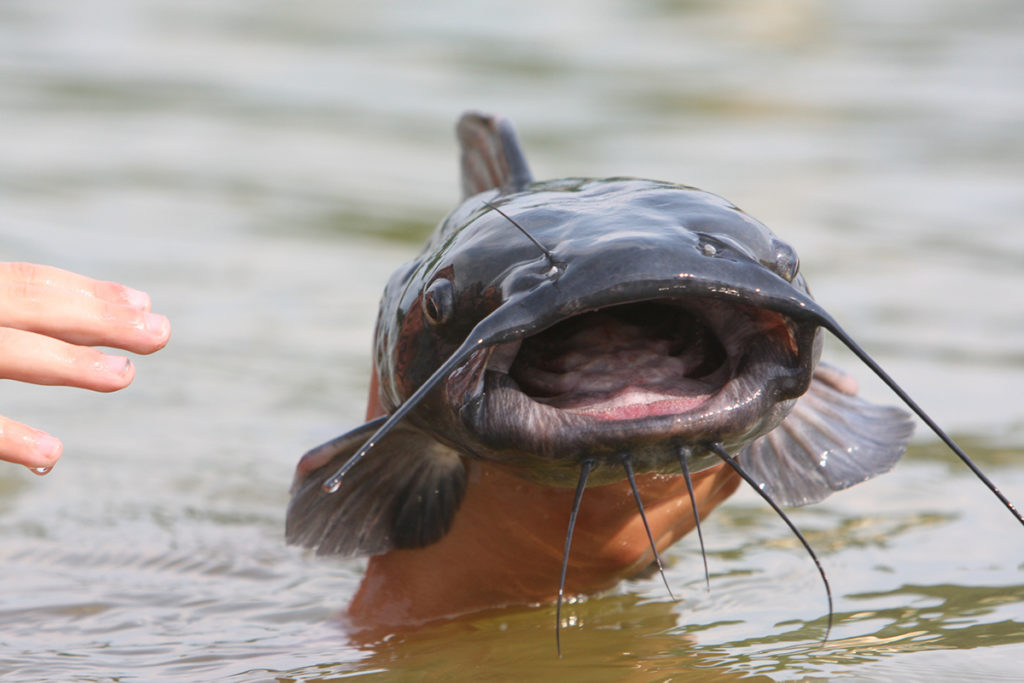
Innovation & Investment
U.S. catfish industry seeking ‘tangential expertise’ to tackle off-flavors
A HeroX challenge has fielded ideas for preventing or eliminating off-flavors in farmed catfish, with potential solutions coming from unexpected places.



